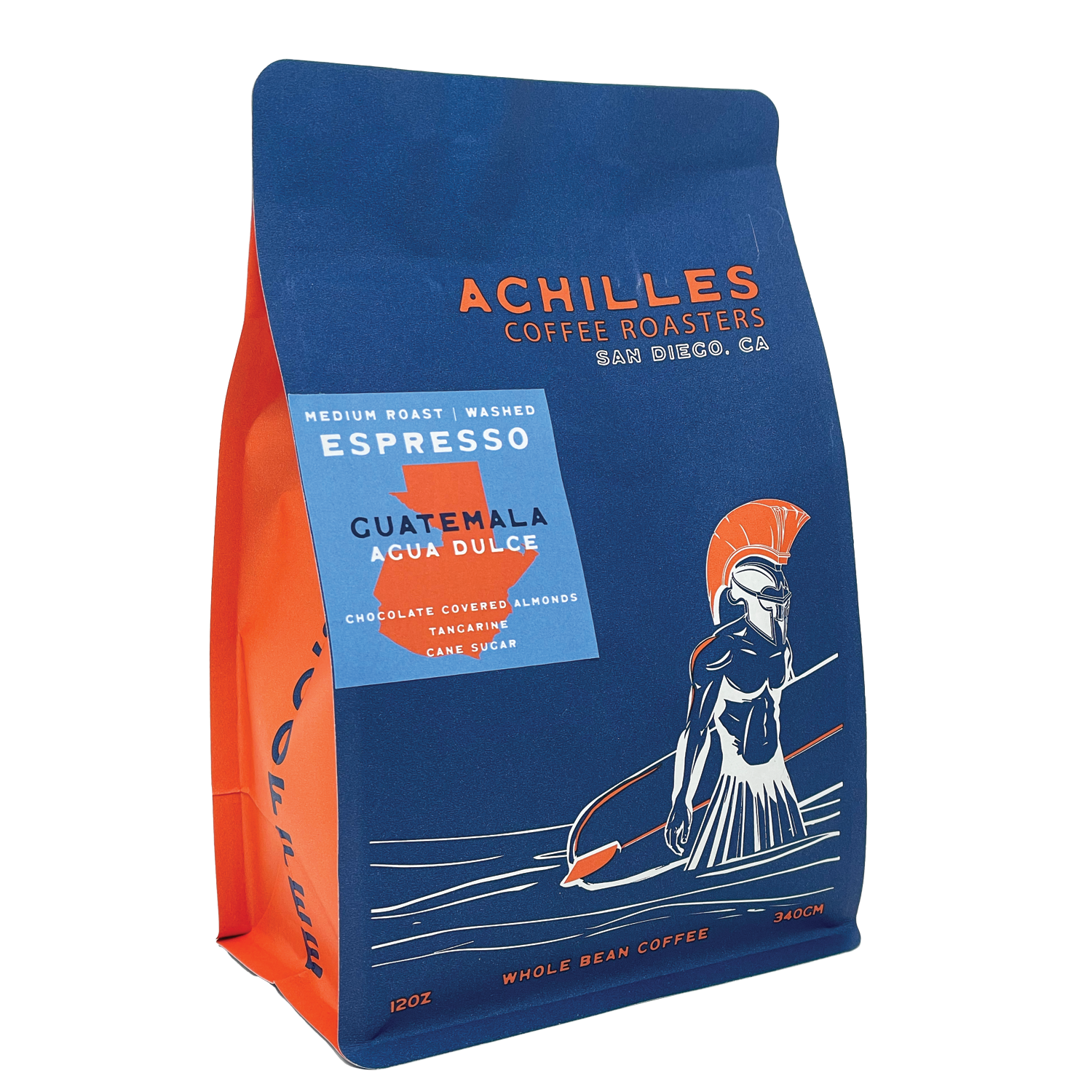SOE Single Origin Espresso – Celebrating Flavors from One Region
SOE Single Origin Espresso – Celebrating Flavors from One Region
Blog Article
Recognizing Coffee Beans: the Trip From Coffee to Blended Coffee Beans

The Origins of Coffee: A Worldwide Point Of View
While you could think of coffee as a modern staple, its origins trace back centuries, linking with cultures throughout the world. The tale starts in Ethiopia, where tale claims a goat herdsman called Kaldi discovered the stimulating results of coffee beans after noticing his goats romping vigorously after consuming them.
As trade paths increased, coffee made its means to Europe in the 17th century, quickly obtaining appeal. Each society included its one-of-a-kind twist to coffee prep work, enriching its background.
Farming and Harvesting of Coffee Beans
As coffee's trip developed, the emphasis changed to the growing and harvesting of specific bean selections, especially those made use of for espresso. You'll locate that coffee beans typically come from Arabica or Robusta plants, each offering unique flavors. The excellent growing problems include high altitudes and rich, well-drained dirt, which boost the beans' top quality.
Throughout the harvest, picking methods differ. Timing is vital; you want to harvest when the cherries reach peak ripeness for maximum taste.
When harvested, the beans are gotten ready for handling, which is important in identifying their final taste. Understanding the farming and collecting procedures gives you insight into what enters into your preferred espresso, enhancing your gratitude for every mug.
Processing Approaches: From Cherry to Bean
Since you have actually found out concerning harvesting espresso beans, let's explore just how those cherries change right into the coffee beans you enjoy. You'll see exactly how different harvesting methods influence taste, complied with by the vital actions of fermentation and drying. Finally, we'll break down the milling and grading process that determines your coffee's high quality.
Harvesting Strategies Clarified
When it comes to coffee, recognizing harvesting techniques is important, given that they directly affect the taste and high quality of the beans you enjoy. Discerning choosing entails hand-picking just ripe cherries, guaranteeing you get the ideal top quality beans. Inevitably, the choice of collecting method can considerably influence your coffee experience, so it's worth recognizing how those beans made it to your cup.
Fermentation and Drying Out
After collecting, the following steps in processing coffee beans play a considerable role in forming their flavor. You'll find that fermentation is essential, as it assists break down the mucilage surrounding the beans, boosting their preference profile. Relying on the technique, this procedure can last from a few hours to numerous days, with differing outcomes based on temperature level and humidity.
Sun-drying allows the beans to absorb flavors from the setting, while mechanical drying out warranties constant wetness degrees regardless of weather. Appropriate drying out is crucial to avoid mold and mildew and maintain the beans' top quality, inevitably influencing your cup of coffee.
Milling and Grading Process
As fermentation and drying out set the phase for flavor growth, the milling and grading process assurances that only the most effective coffee beans make it to your mug. This phase entails eliminating the external layers of the coffee cherry, consisting of the parchment and husk. After milling, the beans are arranged by size and weight, ensuring a consistent top quality. You'll discover that grading assists recognize issues and classify beans, which impacts flavor and aroma. High-grade beans obtain a higher quality, resulting in a richer coffee experience. As soon as graded, the beans are ready for packaging and shipping, preserving their unique features. This precise procedure is necessary for supplying the phenomenal taste you appreciate in every sip of your favorite brew.
Toasting Techniques: Unlocking Flavor Potential
When you roast coffee beans, the method you pick can substantially influence the taste account. Comprehending the connection in between time, temperature, and roasting techniques is crucial to exposing the possibility of your brew. Let's check out exactly how these components collaborated to develop the perfect mug.
Toasting Approaches Described
While you could think that all coffee toasting techniques generate the very same outcomes, the reality is that each method reveals one-of-a-kind taste possibilities in the beans. Drum toasting utilizes a turning drum to equally disperse heat, boosting caramelization and generating a balanced taste. Air roasting, on the various other hand, flows hot air around the beans, promoting a lighter roast with obvious level of acidity.

Influence on Taste Account
Different roasting methods not only influence the process yet also significantly influence the flavor profile of the coffee beans. Dark roasts, on the other hand, bring out strong, smoky tastes, occasionally covering up the bean's unique attributes. Recognizing these subtleties aids you value the artistry behind your mug of coffee, enhancing your overall experience with every sip.
Time and Temperature Level Variables
To release the full taste potential of coffee beans, both time and temperature level during the toasting process play considerable duties. When toasting, you'll locate that higher temperature levels can swiftly establish tastes, but if you rush it, you may end up with burnt notes. On the other hand, lower temperature levels permit a more gradual flavor advancement, showcasing the beans' unique characteristics.

Timing is equally as essential; expanding the roast too long can result in a loss of level of acidity and brightness, while too short a roast may leave the beans underdeveloped. Finding that sweet spot requires technique and experimentation. By adjusting these elements, you can expose the rich, complicated tastes concealed within each bean, producing a truly exceptional coffee experience.
The Art of Blending: Crafting Special Coffee Profiles

Beginning by choosing a base coffee that provides a strong structure. After that, pick complementary beans to improve details taste notes. For example, a brilliant Ethiopian bean can bring fruitiness, while a rich Brazilian coffee adds body. Experimentation is crucial-- don't hesitate to change proportions till you locate your optimal account.
As you blend, bear in mind that each mix narrates. You're not just making coffee; you're producing an experience. Take your time, taste regularly, and enjoy the journey of finding find more info your signature mix - Single Origin Espresso.
Brewing Techniques: How Prep Work Impacts Taste
Blending coffee opens up a domain of taste opportunities, yet just how you make that blend can significantly influence your final cup. On the various other hand, a pour-over highlights the coffee's clarity and illumination, perfect for showcasing fragile notes.
Coffee, with its high stress, produces a concentrated shot that accentuates sweetness and crema. If you like a lighter mixture, think about a chilly brew method; it generates a smooth, less acidic taste.
Changing variables like water temperature level, grind size, and brew time can transform your coffee's profile. Welcome the art of brewing to find the tastes concealed in your coffee blends.
The Future of Coffee: Sustainability and Innovation
As the coffee sector evolves, sustainability and technology are becoming crucial for dealing with ecological obstacles and conference customer demands. You'll observe that even more coffee business are taking on environmentally friendly practices, from sourcing beans fairly to carrying out sustainable farming strategies. These changes not only assist the world yet also boost the top quality of the coffee you appreciate.
You might see innovations like biodegradable packaging and water-saving brewing methods that reduce waste. Advanced innovation, such as blockchain, is also ending up being preferred, ensuring openness in the supply chain, which permits you to trace your coffee back to its beginnings.
Additionally, buying local neighborhoods and sustaining farmers through reasonable trade campaigns promotes a much more sustainable coffee ecological moved here community. As you sip your following cup, bear in mind that your choices can contribute to a brighter future for coffee. By selecting sustainable brand names, you're not just enjoying a drink; you're making a favorable influence on the world.
Often Asked Concerns
What Is the Distinction In Between Arabica and Robusta Beans?
Arabica beans are smoother, sweeter, and have a greater acidity, while robusta beans are more powerful, a lot more bitter, and consist of even more caffeine. You'll observe these distinctions in flavor and scent when making your coffee.
How Does Elevation Affect Coffee Bean Taste?
Altitude impacts coffee bean flavor substantially. Greater elevations produce beans with brighter acidity and complicated flavors, while reduced elevations typically yield beans that are larger and less nuanced. You'll discover these distinctions in your mug!
What Are the Health Perks of Alcohol Consumption Coffee?
Consuming coffee can improve your energy, boost mental focus, and even enhance physical efficiency. It's abundant in anti-oxidants, might reduce the danger of specific illness, and can promote a healthier metabolic rate when consumed in small amounts.
Can Coffee Beans Be Reused for Developing?
Yes, you can recycle coffee beans for brewing, yet the flavor could be weak. If you delight in experimenting, try reusing them in different methods, like chilly mixtures or including to shakes for an added kick.
How Should I Store Coffee Beans for Freshness?
To keep your coffee beans fresh, keep them in an airtight container in a cool, dark place. Stay clear of revealing them to light, heat, or moisture, as these factors can quickly weaken their flavor and aroma.
Understanding Coffee Beans: the Journey From Coffee to Blended Coffee Beans.
Currently that you have actually learned concerning harvesting espresso beans, let's discover just how those cherries transform right into the coffee beans you enjoy.When you roast coffee beans, the approach you choose can substantially affect the flavor account - my explanation Single Origin Espresso.While you could assume that all coffee roasting methods produce the very same outcomes, the truth is that each technique discloses distinct taste potentials in the beans.Different toasting methods not only affect the procedure yet likewise greatly affect the flavor account of the coffee beans
Report this page